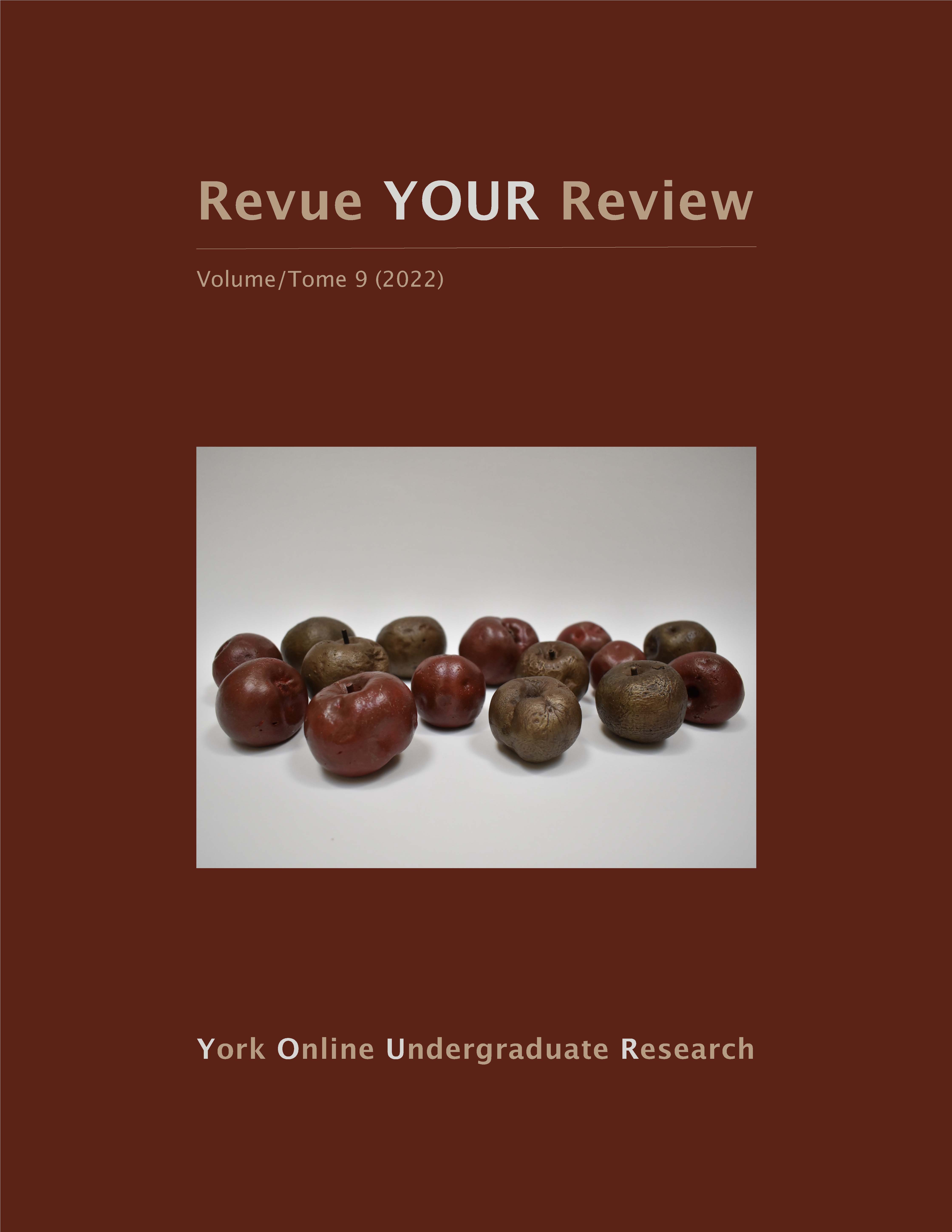Reimagining Queer Muslim Youth: Is representation enough?
Abstract
Using an anti-colonial, critical lens, I analyze two young adult novels and one film which present the lives of queer Muslim teenagers in various countries around the world. Locating themes of white saviourism, forced marriage, and the overall negative experience of being a queer Muslim. I ask myself and the readers, is representation enough? Queer children and youth rarely get to see positive examples of themselves. For queer Muslims, literature and media often is the only source where they see their inner desires mirrored back at themselves. This representation must go beyond the phenomenon of their existence, but also shed light on the happiness and fulfilment that can be experienced. Moreover, I urge non-Muslim LGBTQ+ members to move away from the colonial story line of queerness and understand that “coming out” is not the end goal for every queer person, but rather that queerness is an abstract theory that does not encapsulate every experience.
Downloads
Published
How to Cite
Issue
Section
License

This work is licensed under a Creative Commons Attribution-NoDerivatives 4.0 International License.
Authors contributing to Revue YOUR Review agree to release their articles under one of three Creative Commons licenses: Creative Commons Attribution 4.0 International; Creative Commons Attribution-NonCommercial 4.0 International; or Creative Commons Attribution-NoDerivatives 4.0 International. All editorial content, posters, and abstracts on this site are licensed under Creative Commons Attribution-NoDerivatives 4.0 International. For further information about each license, see:
https://creativecommons.org/licenses/
In all cases, authors retain copyright of their work and grant the e-journal right of first publication. Authors are able to enter into other contractual arrangements for the non-exclusive distribution of the e-journal's published version of the article (e.g., post it to an institutional repository or publish it in a book or in another journal), with an acknowledgement of its initial publication in this e-journal.


